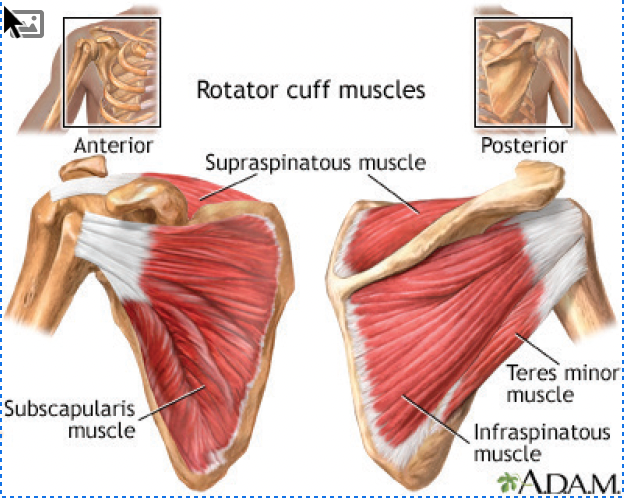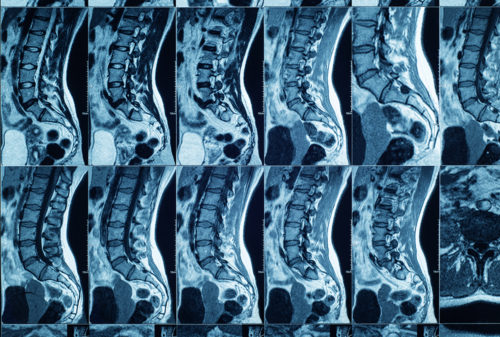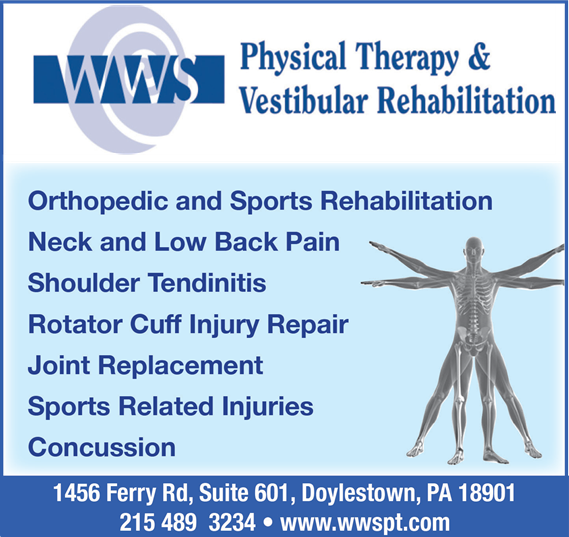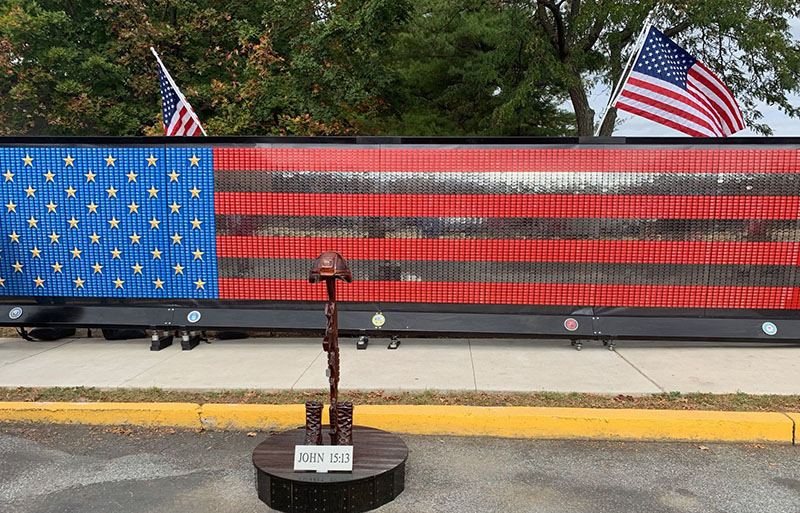
- Rest – Rest can limit swelling and help prevent further damage from occurring. It is important to temporarily stop any activity that appears to cause increased pain or swelling directly.
- Ice – Ice helps to manage swelling by reducing blood flow to the area. Icing a few times per day for 20-minute intervals is most effective. Be sure to cover the ice pack with fabric and avoid icing for long durations to prevent ice burns.
- Compression – Compression wrapping the affected areas applies pressure, which can reduce swelling. Our lymphatic system’s vessels and veins return fluid from our body’s tissues back to the circulatory system. Compression prevents fluid from collecting in the area and promotes fluid return. Compression socks can be used for swelling in the lower legs.
- Elevation – Elevating the affected area above your heart allows gravity to return fluid. Keeping an injured arm elevated overhead or propping a swollen ankle up on pillows while lying down is an effective way to do this.
-
Activity – Activity might seem like the opposite of rest, but activity (in moderation) can help to work fluid out of the affected area. While too much activity can be counterproductive and stress the area more, moving the right areas can help reduce swelling while keeping joints and muscles ready for recovery. Muscle pumping is a way of using muscle contraction to assist in fluid return. For example, with an ankle sprain, it is common to repeatedly elevate the foot and perform ankle pumps (moving your toes toward you, then pointing them away from you). Your physical therapist can help to prescribe safe stretches and exercises to reduce swelling and improve mobility.
WWS Physical Therapy and Vestibular Rehabilitation
Doylestown, PA.
215-489-3234











